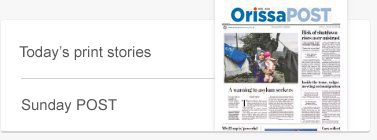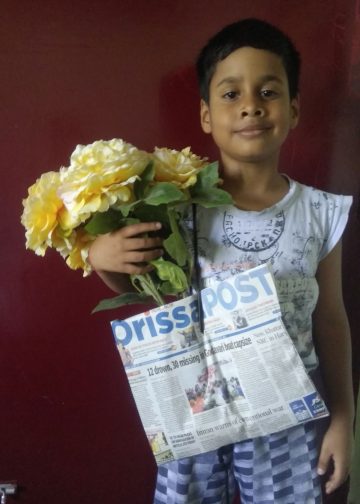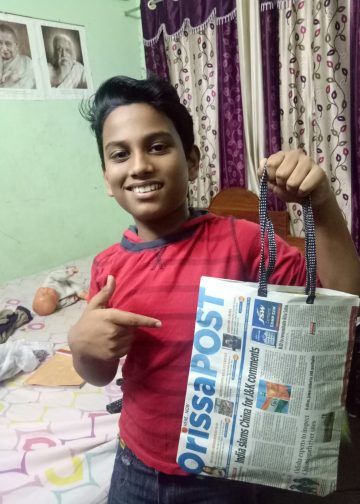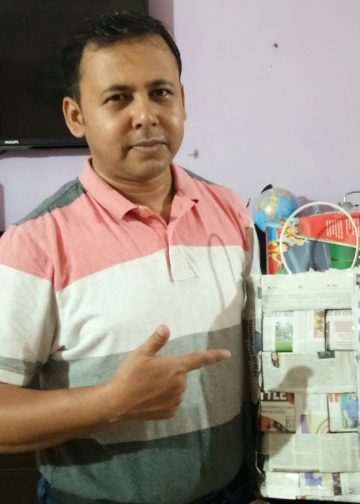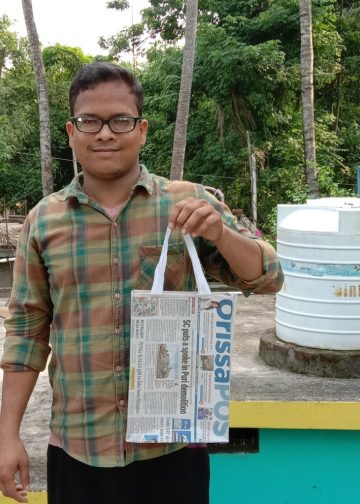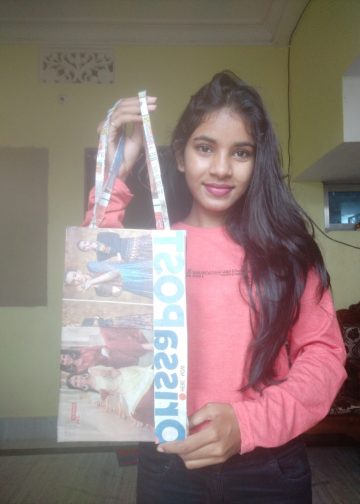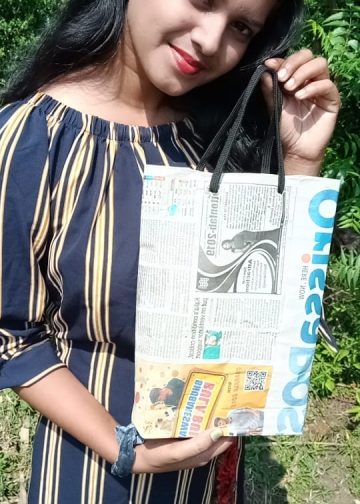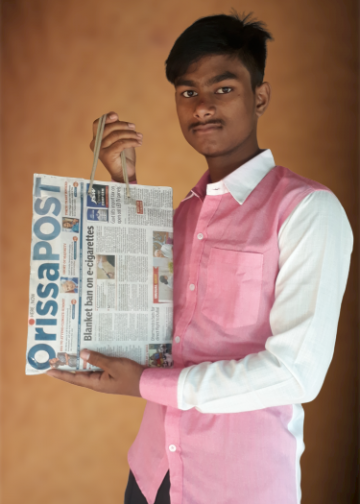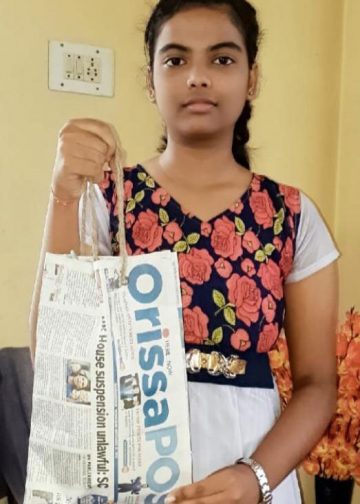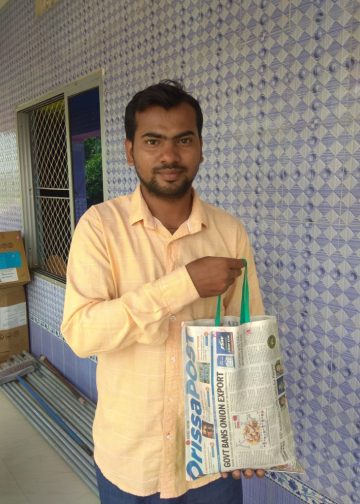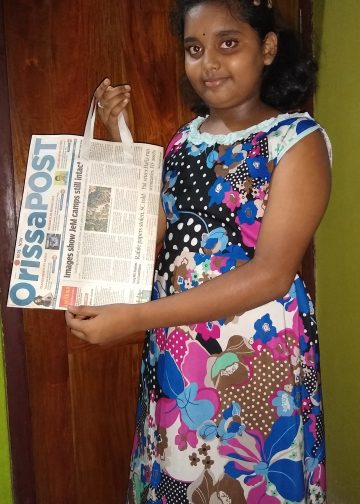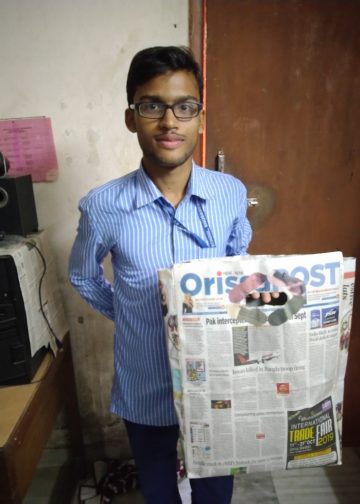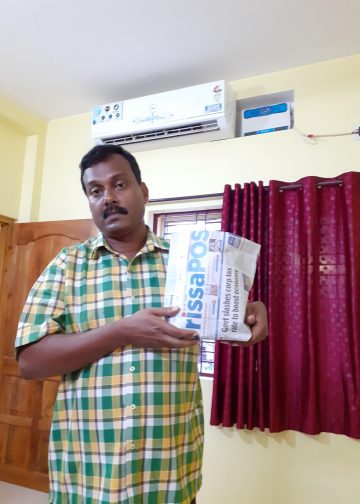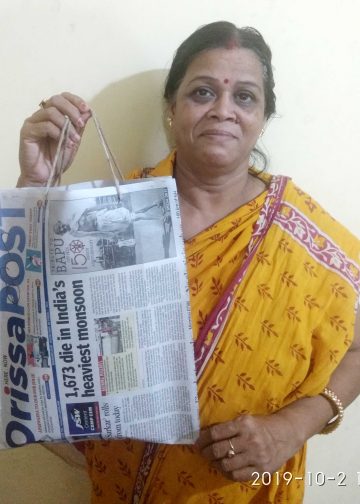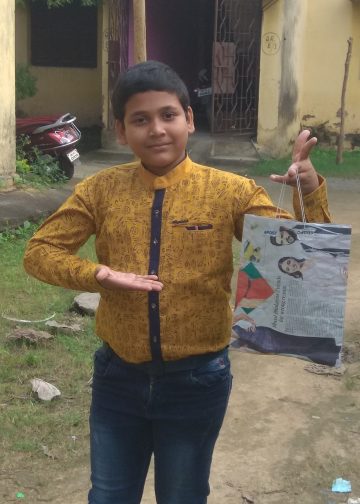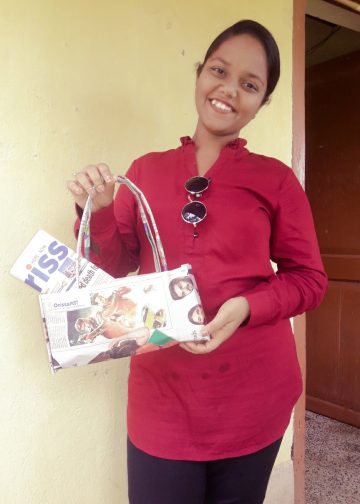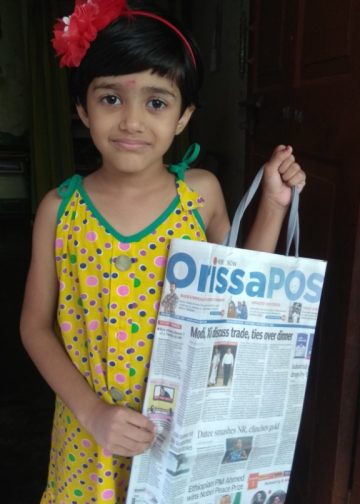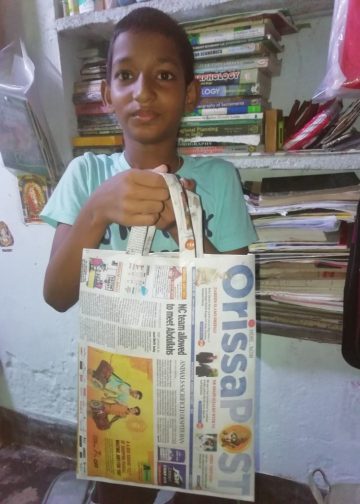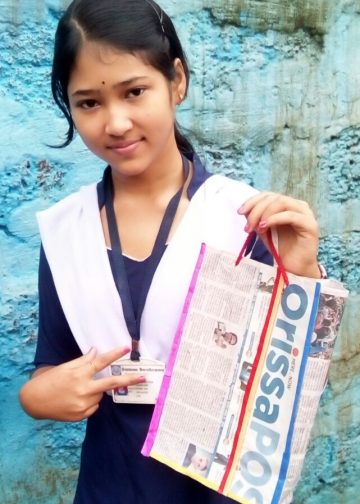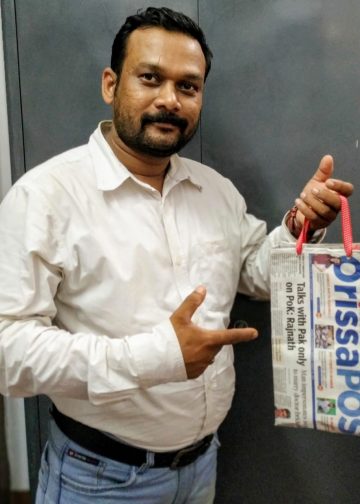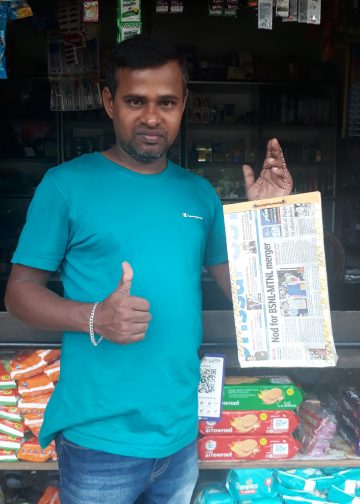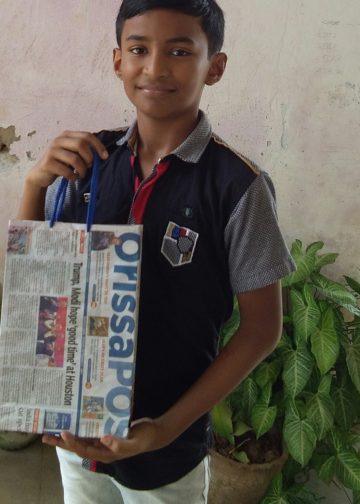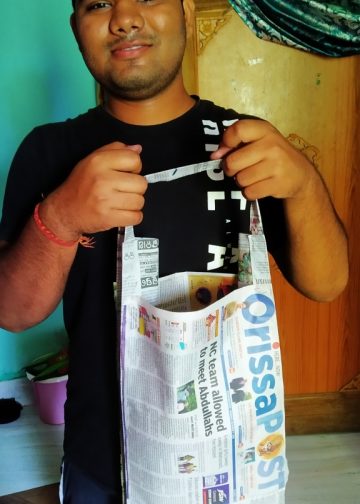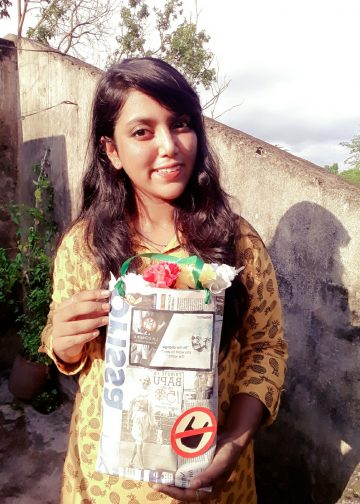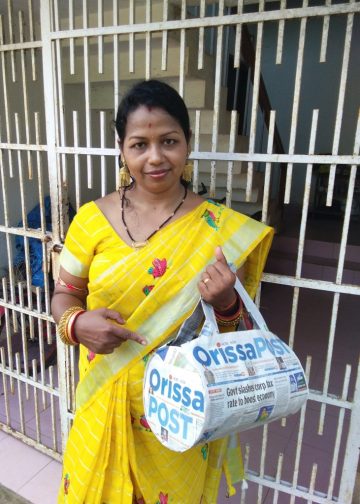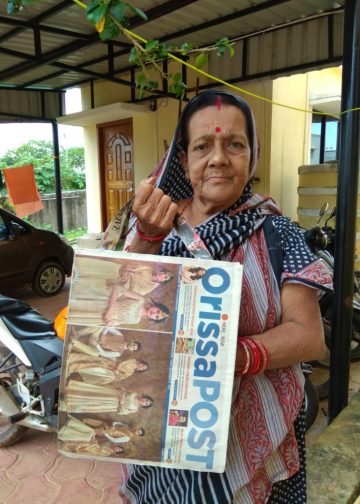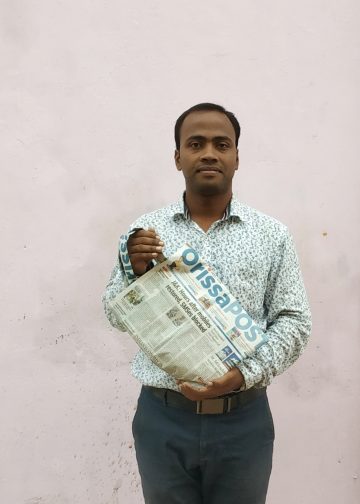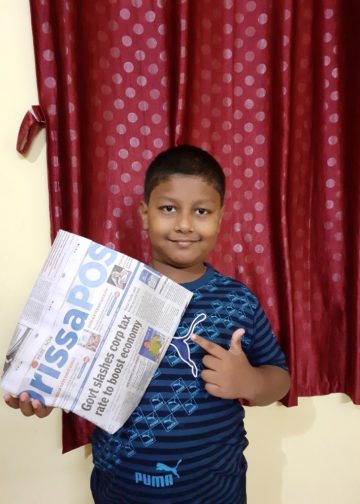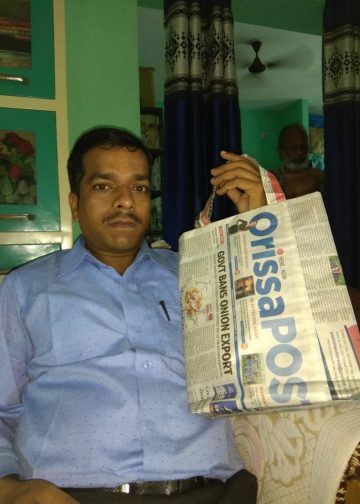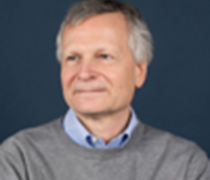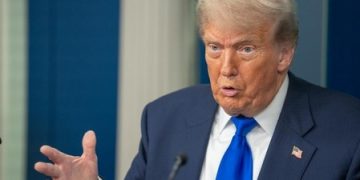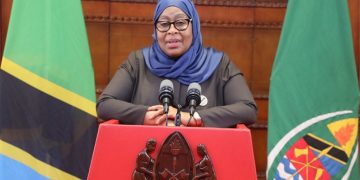Sanjay K Satpathy
There was a time in India when the sick were treated by senior members of the family with tried and tested household remedies.
During that time most of the sick of any age improved or recovered due to family bondage and good nursing care. If that failed, the kabiraj or hakim was called to treat the sick and the diseased. He with him would bring homemade herbal preparations or used to give a recipe which needed certain leaves, roots, seeds or fruits to be brought from the backyard garden or nearby forest and he would make the fresh medicaments. There would be clear instructions regarding the time and duration of the doses. Diet was the mainstay of treatment.
The doctors were usually from learned families and knew how to read Sanskrit and other languages. What they told was taken as gospel truth. They used to cover five or six villages by foot or bicycle. They were very important members of the community and their opinions were highly valued; but they were highly selective about their patients. The importance of lifestyle, diet, weight control, and other advice on prevention were preached and practiced which continued for many years.
In the 1940s LMP doctors who were scientifically trained but equipped with limited medicines managed the show. They were held in high social esteem along with schoolteachers. They integrated themselves completely with the social and family lives of the community and earned the trust of the people. Social recognition and a little money for sustenance was what they expected for their services.
In the 1950s came the short course on medical training as well as pharmaceutical schools. Medicines in bottles with paper marks were dispensed by a doctor’s assistant. Very few students ventured to go and read medicine in far off places.
After the discovery of penicillin and other medicines and vaccines the medical profession entered a new era. Quackery flourished; for any illness penicillin and other drugs were used. At the beginning they were all imported and were very costly.
Till the 1960s that doctors could do no wrong was believed by most patients and their relatives. If the patient died it was thought to be an unfortunate episode, bad luck or destiny. The relationship between doctors and patients was pure and symbolic.
In the later part of the 60s came the era of the specialists and focus was shifted from village doctors to town specialists. Due to the rush at the specialist’s clinic a patient, instead of a human being, became another name in the waiting list outside the doctor’s chamber. The Indian Medical Council (IMC) in the editorial of its journal in 1958 first cautioned the medical professionals of this disturbing trend. The doctors on their part were attracted by money and the comforts of urban life.
From 1980 onwards there has been an exponential growth of the medical profession, both scientifically as well as technologically; the profession took a dramatic turn. Invasive cardiology, ultrasound, endoscopes, tumor markers, computer tomography and MRI took over the profession by storm.
The patients on their part became more demanding and wanted different tests to be done. That was how corporatisation and commercialism took over the medical system. The IMA was deeply concerned and to restore the human touch through the general practisoner, established its own college of GP doctors in the early eighties. During this period probably the doctor-patient relationship took a U-turn. Doctors like any other professional became money-minded. Society became corrupt, so also the people. A doctor is also a product of society, hence how he can be a saint? A majority of the fresh graduates from medical colleges, both private and government, became money-minded. Immediately after passing out a majority started collecting the invested money with interest from their patients without concern for his or her financial status. Doctors started indulging in mudslinging against colleagues for more money and promotion.
The profession earned a bad name due to professional jealousy and ultimately the last nail in the coffin was put by the Supreme Court of India. The medical profession came under the purview of CPA (consumer protection act) – the doctor became a salesman and the patient a customer.
The government in order to earn more revenue forgot about drug control policy in India (exists only on paper) and still today we have no proper drug policy, whereas countries like Sri Lanka, Bangladesh have one. Lots of spurious drugs and banned drugs are available over the counter. No one can be sure whether the patients are taking the original or spurious medicines.
Medical equipment has become costly and difficult to maintain, as a result of which most of the gadgets are defunct in government hospitals. Patients have to go to private clinics or hospitals for investigations. Every other day a nursing home is being opened in the country. Now patients get investigated for commissions and patients too have become health conscious and investigation minded. If a doctor does not ask for a battery of investigations to be done then he is not supposed to be a good doctor nowadays. A good doctor is one who investigates and prescribes a dozen medicines, whether required or not; ethical practice is a thing of the past.
We spend only 2 per cent of our annual budget on health, the minimum by any developing country, whereas we spend crores for VIP security. Thousands die due to diarrhea, malaria, TB and other infectious diseases, but then who cares? They are diseases that the poor are supposed to be suffering from.
After the advent of five-star hospitals in India, government, semi-government, and PSU employees and, of course, the VIPs want to be referred to these hospitals. The rich and famous go abroad to be treated for minor ailments by, ironically, the same Indian doctors, whereas patients from different countries come to India for better treatment at an affordable cost. Our medical experts are at par with the best in the world but our rich film stars and cricketers prefer to go to a foreign land for simple aliments.
The number of doctors who follow the age old practice of good history taking and clinical examination have become a rarity; the number will still go down if this trend of teaching continues in our medical colleges. Doctors have fallen prey to the pharmaceutical companies.
Now the doctor and patient relationship is not what it was some time back; the doctor thinks his next patient may be a potential litigant, he becomes careful, defensive and investigates properly to save his skin. Corruption has become a global phenomenon; when the tolerance and sincerity of the people in society go down, how one can point a finger at a doctor who is a product of society? Doctors are no more treated as doctors but rather as businessmen. If the patient recovers it’s God’s grace and if he dies it’s the doctor’s negligence. Negligent doctors are there but not all doctors are negligent.
Maybe after a few decades doctors will be accompanied by security personnel and advocates. Only after the initial paperwork and agreement will a doctor start examining a patient. Security people will be required to save doctors from violent attendants. Stethoscopes will be obsolete (already). A mobile phone size gadget will replace it. Patients will be treated like machines not as human beings.
The medical profession is at a crossroads in India; where and how it will proceed from now on is difficult to predict. Because of non-affordability many patients may opt for alternative medicine. One will be surprised to know that many people in developed countries are opting for alternative medicine, like Unani, acupuncture, yoga and Ayurveda. Many hospitals in the USA are closing down due to man power shortage and financial problems. One should be optimistic that the old patient-doctor relationship will be restored and the family doctor system will reappear again for better medical care at an affordable cost.
Let us hope the golden era of the medical profession will return sometime in the near future after natural calamities, war, terrorist activities, accidents, highway virus and bacteria will have wiped off major a sizeable chunk of humanity. Let us also hope that the noble profession will regain its erstwhile prestige.
The writer was joint director (medical) SAIL, senior consultant, Ayush Hospital, and senior consultant, Hemalata Hospital, Bhubaneswar




